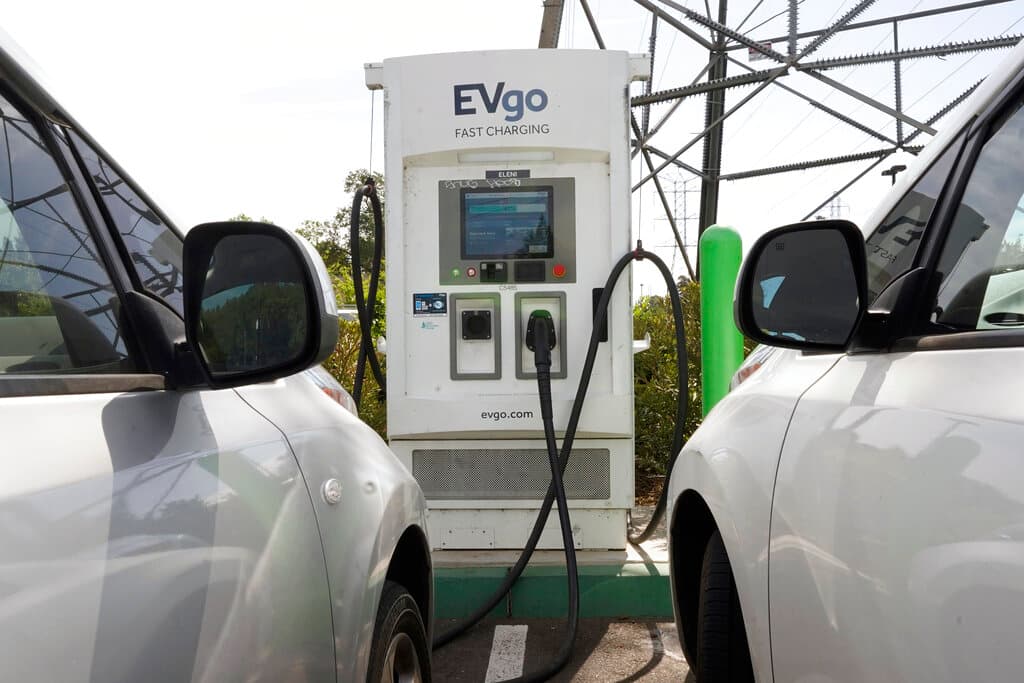Push for Electric Vehicles Is Stalling, Despite Government Backing
To make EVs attractive, advocates are using the power of the state.

The push to transition to electric vehicles is running into one roadblock after another as governments and corporations relearn the lessons of a century ago when gasoline-powered automobiles drove their battery-powered counterparts from the marketplace.
Please check your email.
A verification code has been sent to
Didn't get a code? Click to resend.
To continue reading, please select:
Enter your email to read for FREE
Get 1 FREE article
Join the Sun for a PENNY A DAY
$0.01/day for 60 days
Cancel anytime
100% ad free experience
Unlimited article and commenting access
Full annual dues ($120) billed after 60 days

